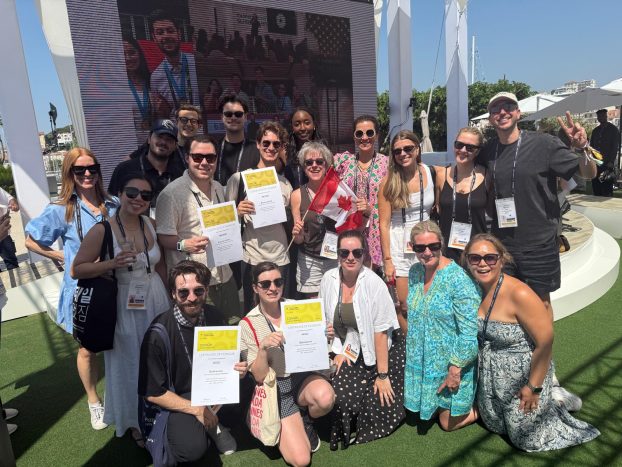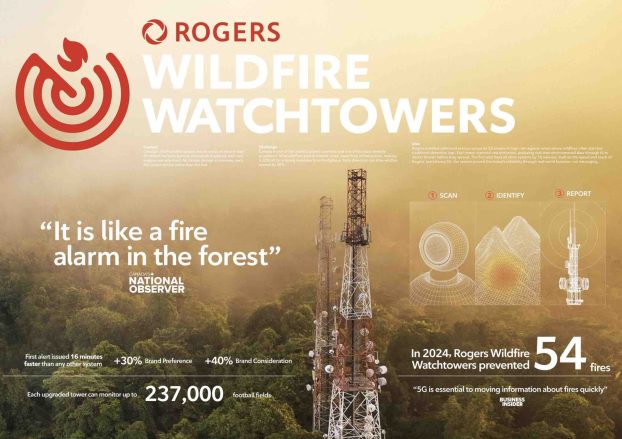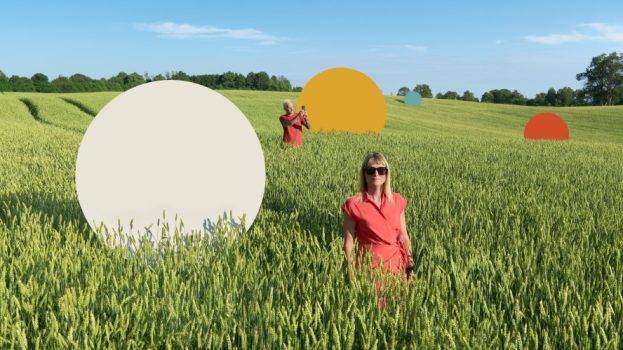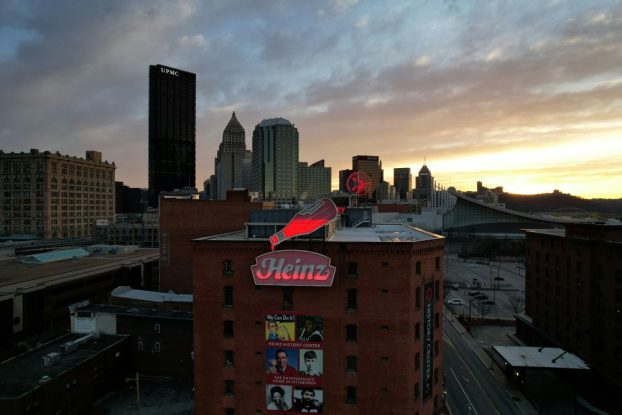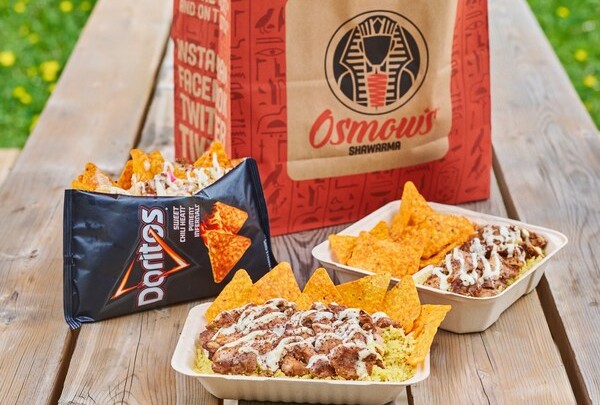Everyone’s heard the clichés before.
‘We’re living today in a world without borders.’ ‘There is no such thing as a Canadian company anymore.’ ‘The whole world is our marketplace now.’
But what, exactly, does all of this mean in terms of concrete, day-to-day reality? What do Canadian firms go through in the effort to market their products and services internationally? How do they build brands on a global basis? What are the challenges – and the rewards?
For this special report, Strategy’s writers profile the global marketing activities of several noteworthy Canadian companies.
Canada. When you get right down to it, that’s what Clearly Canadian Beverage Corp. is really selling.
In marketing its Clearly Canadian brand of flavoured sparkling water in the U.S. and abroad, the Vancouver-based company has always leveraged Canada’s international image as a land of clear waters and pristine scenery.
‘We’re using the cachet of Canadian water and Canadian imagery,’ says Jonathan Cronin, vice-president, marketing for Clearly Canadian. ‘That’s been the foundation of the brand’s success since the beginning.’
Canadian heritage may well be a major selling point for the brand, but it’s the pursuit of the good old Yankee dollar that keeps the company flourishing. While Clearly Canadian sells its products in a number of international markets, including the U.K., Ireland, Germany, Sweden, France, Turkey and the Middle East, more than 70% of its worldwide sales are in the U.S.
Indeed, when Clearly Canadian started up in 1988, it began selling in the U.S. market even before rolling out its products in Canada. And with the launch of each new brand extension, it continues to follow the same pattern. Why? Because the major centres of the U.S. are where trends are set, Cronin explains. ‘If you’re successful there you draw attention to yourself, and that’s the best advertising you can do.’
Given the dollar volumes generated south of the border, Cronin says it gradually became clear that a U.S. office was necessary. So in 1998, the company acquired Cascade Clear Water Company of Burlington, Wash., and promptly moved several divisions, including its marketing department, from Vancouver into the latter’s facilities.
With new brands continually entering the $7-billion ‘alternative beverages’ category, Clearly Canadian has been compelled to adopt an aggressive product development strategy in the past several years.
The first extension of its core line was Natural Artesian Water, a non-carbonated, sodium-free product. That was followed by Clearly Canadian’s Quencher, and then Orbitz, a fruit beverage containing suspended ‘flavour gel’ globs (not one of the company’s most successful entries). More recent additions include Clearly Canadian O+2, an ‘oxygen-enhanced’ beverage, and Battery, a high-caffeine energy drink sold in Finland.
Cronin says Clearly Canadian does not advertise heavily, relying instead upon local and regional public relations efforts, product placements, sampling, special events and sponsorships.
Vancouver-based Palmer Jarvis DDB handles all promotions and advertising for Clearly Canadian, both in North America and abroad. In overseas markets, distributors are provided with marketing materials developed in Canada, which they then customize accordingly.
‘The creative is essentially translated for specific executions,’ Cronin says. ‘They are not free to re-execute the creative. This is the Canadian image and message we want to communicate.’
As for new media, Cronin says Clearly Canadian is approaching the whole area with caution. The company employed the Web aggressively for the launch of Orbitz, but has since backed off somewhat.
At present, he says, Clearly Canadian is trying to figure out how to manage local distributor relations online. An e-commerce trial is planned for the first quarter of 2000, but Cronin doesn’t envision this as a large piece of the company’s business.
For the moment, a much higher priority is the relaunch of its core Clearly Canadian brand, with the forthcoming introduction of ‘revolutionary’ new packaging and a new look.
The initiative, scheduled for this spring, is intended to refresh the now mature brand. The U.S. will see the ‘new’ Clearly Canadian first, followed by Canada and, eventually, the international markets.
Also in this report:
– Tim Hortons issues wakeup call: Builds underdeveloped breakfast category p.25
– Faces adapts to local market: Cosmetics retailer leverages awareness of cultural differences p.25
– Honeydew pegs future on U.S. sales p.26
– Buckley’s takes bad taste message abroad: Cough syrup marketer making steady inroads in U.S. and overseas p.27
– Great Canadian Bagel makes slow but sure gains in Moscow p.27
– Southbrook Farms and Winery proves its worth abroad: Ontario winemaker uses foreign success to boost sales at home p.28
– Seagull Pewter sells at shows: Family-run giftware operation does business in over 20 territories p.28




